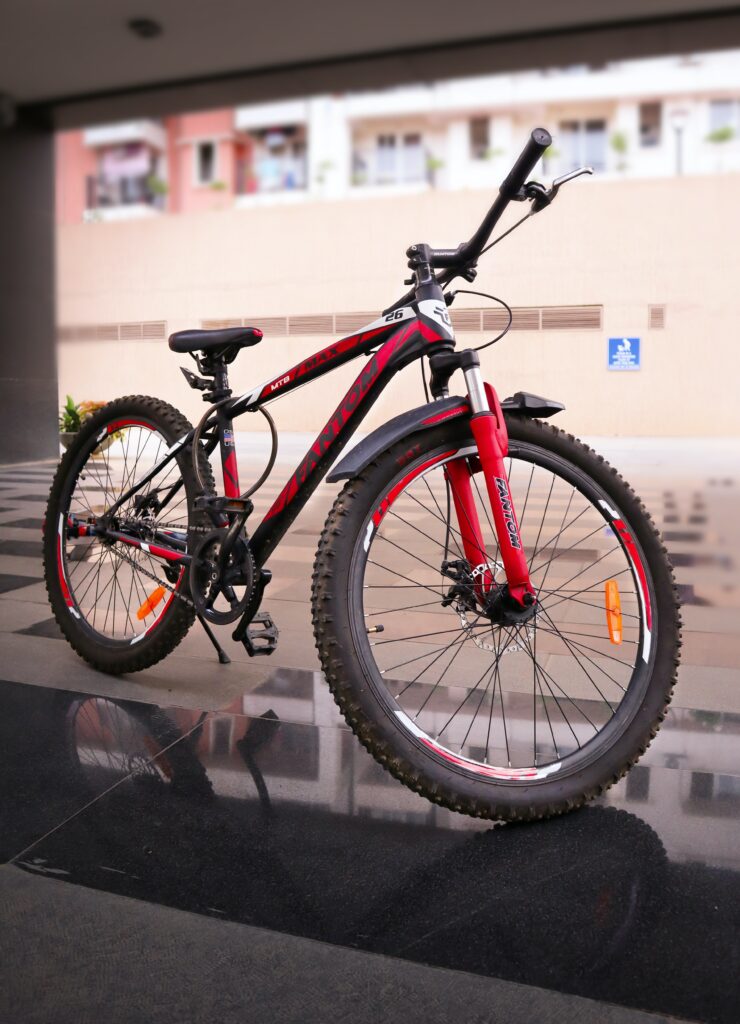Are you tired of seeing your bike frame covered in scratches and dents? Do you want to protect your two-wheeled companion from the elements and keep it looking like new? Look no further! In this complete guide, we will show you how to wrap a bike frame like a pro. With our easy-to-follow steps and tips, you’ll be able to give your bike the protection it needs while adding some style to its look. Let’s get started!
Why do you need to wrap your bike?

If you’re looking to protect your bike frame from nicks, scratches, and other damage, wrapping it is the way to go. There are many different ways to wrap a bike frame, but the most important thing is to make sure that you use a high-quality wrap. Here are some of the reasons why you should wrap your bike frame:
1. It’s an easy way to protect your investment.
2. It can help you avoid costly repairs down the road.
3. It can extend the life of your bike frame.
4. Wrapping your bike frame can add a unique look to your bike.
5. It’s a relatively inexpensive way to customize your bike.
Whether you’re looking to protect your investment, extend the life of your bike frame, or just want to add a unique look to your ride, wrapping your bike frame is the way to go!
How to Wrap a Bike Frame?

Wrapping a bike frame is a popular way to give your bike a unique look without the permanence of paint. The process involves covering the bike frame with a vinyl wrap that can be easily removed or replaced. Here’s a step-by-step guide on how to wrap a bike frame:
Materials:
- Vinyl Wrap
- Cleaning supplies (soap, water, microfiber cloth)
- Heat gun or hair dryer
- Squeegee or credit card
- Razor blade or X-Acto knife
Step 1: Clean the bike frame Before wrapping the bike frame, you need to make sure it’s clean and free from dirt, grease, or other debris that could affect the adhesion of the vinyl wrap. Clean the bike frame thoroughly using soap and water, and dry it with a microfiber cloth.
Step 2: Measure and cut the vinyl wrap Measure the length and width of the bike frame and cut the vinyl wrap to the appropriate size, leaving a few extra inches on each side to allow for trimming. You can use a template or create one using masking tape to help guide you.
Step 3: Apply the vinyl wrap Peel off the backing of the vinyl wrap and carefully apply it to the bike frame, starting from the top and working your way down. Use a squeegee or credit card to smooth out any bubbles or wrinkles in the vinyl, working from the center outwards.
Step 4: Trim the excess vinyl Once the vinyl wrap is applied to the bike frame, use a razor blade or X-Acto knife to trim the excess vinyl along the edges of the frame. Be careful not to cut into the frame or scratch the surface.
Final Steps
Step 5: Heat and stretch the vinyl wrap Use a heat gun or hair dryer to heat the vinyl wrap, which will make it more pliable and easier to stretch around curves and corners. Apply heat to the vinyl wrap as needed and use the squeegee or credit card to smooth out any wrinkles or bubbles.
Step 6: Finish the edges Once the vinyl wrap is applied and trimmed, use the heat gun or hair dryer to heat the edges of the vinyl wrap and use the squeegee or credit card to press them down firmly onto the frame. This will help ensure a clean and seamless finish.
Wrapping a bike frame with a vinyl wrap can be a fun and easy DIY project that allows you to customize your bike’s look. Just remember to take your time and follow the steps carefully to ensure a professional-looking finish.
Tips to Make your bike wrap last longer:

If you want your bike frame wrap to last as long as possible, there are a few things you can do:
1. Make sure the surface is clean before you apply the wrap. Any dirt or grime will shorten the lifespan of the wrap.
2. Use a clear coat over the top of the wrap to protect it from UV damage and other environmental factors.
3. Avoid putting stress on the wrap by removing it whenever you wash your bike or make any adjustments to components.
4. Store your bike indoors when possible to keep the wrap in good condition.
5. Inspect the wrap regularly for any signs of wear and tear, and replace it if necessary.
Faq
Vinyl wrapping is a process of covering a surface with a thin layer of the vinyl material that is adhesive on one side. It is commonly used as a decorative or protective covering for cars, boats, and other vehicles, and it can also be used for bike frames.
The lifespan of a vinyl wrap on a bike frame can vary depending on several factors, including the quality of the vinyl material, the conditions it is exposed to (e.g. UV rays, moisture, heat), and how well it is installed. Generally, a well-installed vinyl wrap can last for several years with proper care and maintenance.
Yes, it is possible to wrap a bike frame yourself with the right tools and materials. However, it can be a challenging and time-consuming process, especially if you are not familiar with vinyl wrapping techniques. It is recommended to practice on small surfaces before attempting to wrap your bike frame, or to seek the assistance of a professional if you are unsure.
Conclusion
Wrapping your bike frame correctly is a great way to protect it from scratches, dings, and rust. With the right supplies and careful attention to detail, you can easily wrap your frame yourself. Make sure you have the necessary tools such as tape measure and vinyl wraps available before begin wrapping your bike frame. By following our step-by-step guide, you should be able to get a professional look without having to spend too much money or time.






